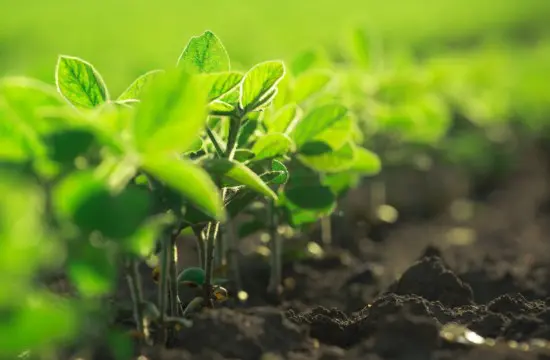Growers are often conflicted on whether or not to inoculate their soybeans, when often the benefits of inoculants outweigh the risks. As long as you take care of the seed and follow the inoculant label directions correctly, you will see benefits from inoculation.
There are several steps growers can take when using inoculants that contribute to getting the best return on their investment:
– High-quality seed: To produce the best possible plants, begin with high-quality seed.
– Proper storage: Following label instructions and making sure the product is properly stored before you apply are key. Pay special attention to storage temperature, and avoid putting the material in direct sunlight.
– Seed care: Treat your newly inoculated, high-quality seed with the same level of care as the inoculant itself. Once the inoculant is on the seed, you still need to maintain the viability of the inoculant.
– Soil conditions: Soybeans prefer a certain soil pH. If the pH is much higher or lower than the optimum 6.8, it will affect plant growth and its ability to support nodules. Maintaining pH at or near the optimum is important for success. The better the growing conditions for the soybean crop, the better the results are likely to be.
– Application: Whether you’re applying the inoculant yourself or your retailer or seed dealer is applying it, make sure the product is fresh and applied at the proper rate. When putting the inoculant into the treater, read and follow the label directions carefully and do not mix it with other seed treatment materials. Inoculants can be applied simultaneously or sequentially, but do not mix the inoculant in the same tank with other products that will be applied to the seed.
Get more out of your soybeans by using a high-quality inoculant, and taking proper care of it.


